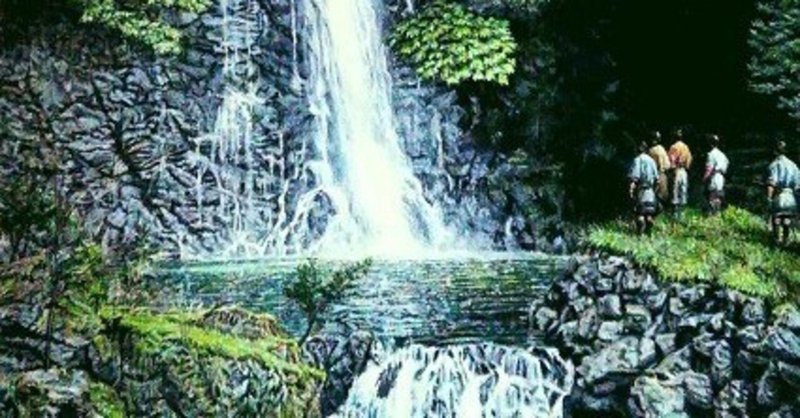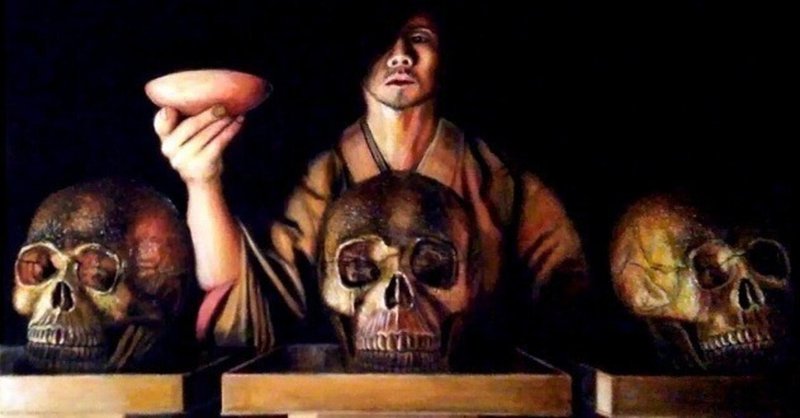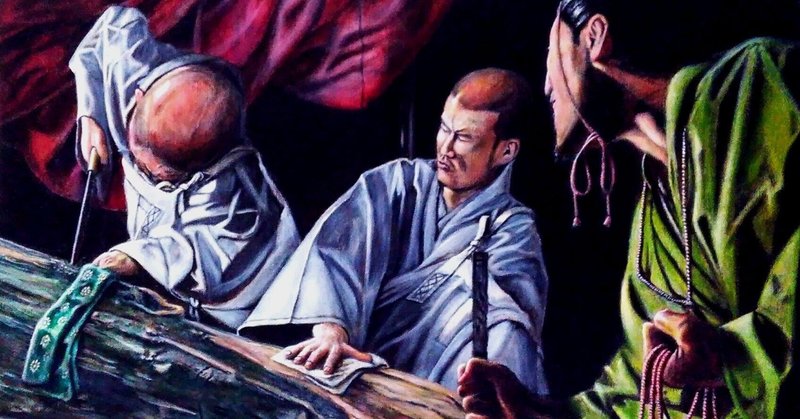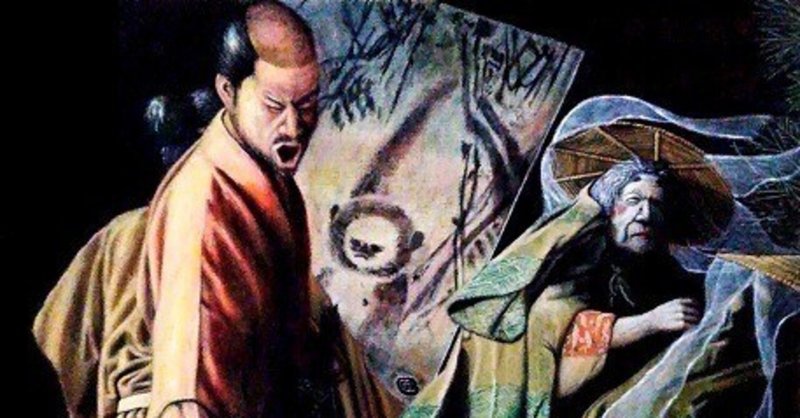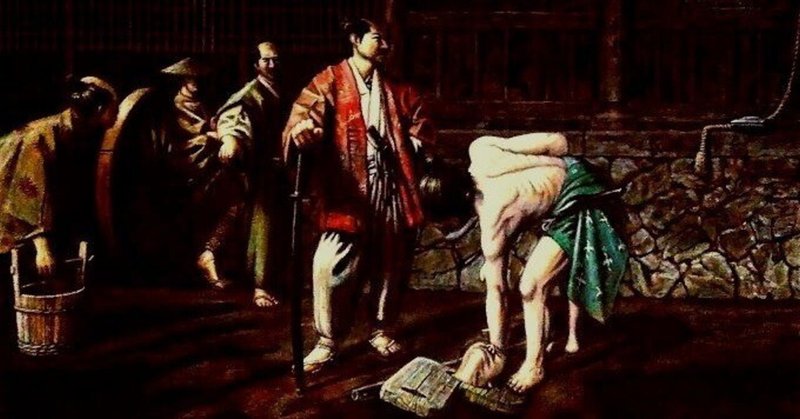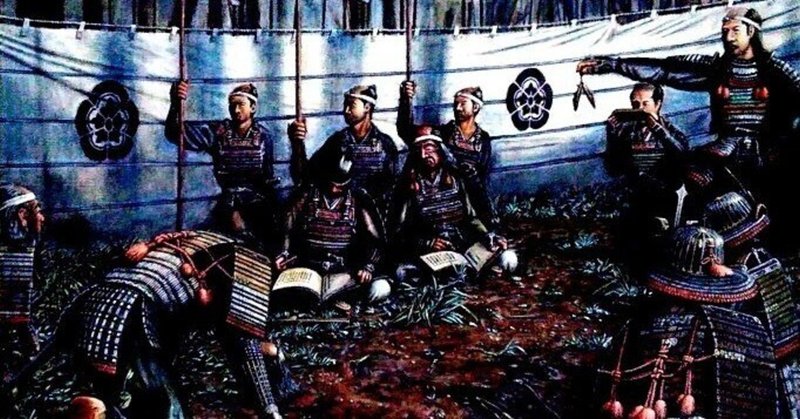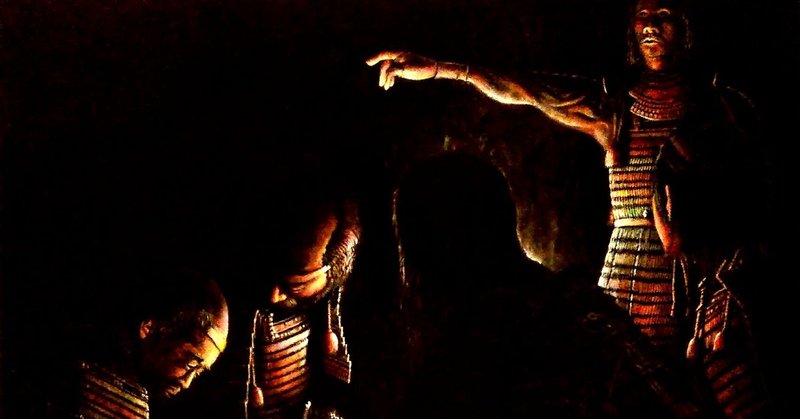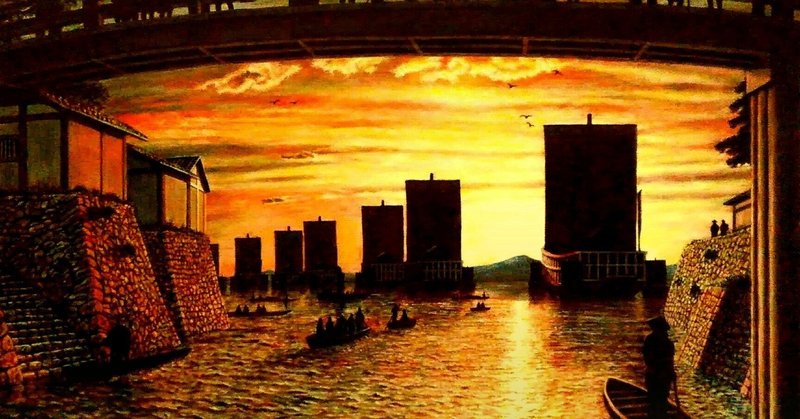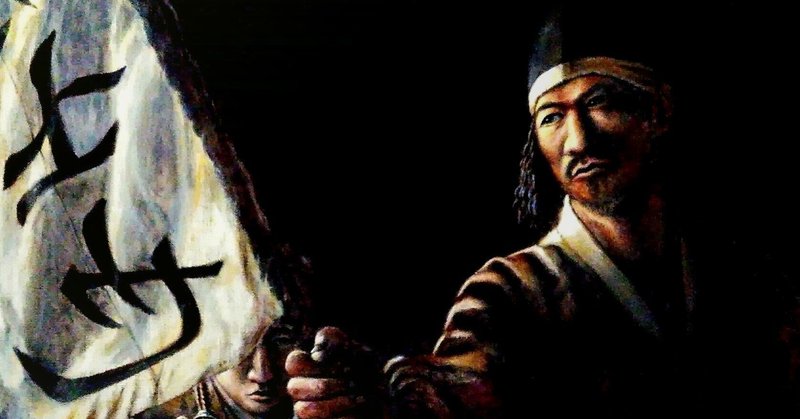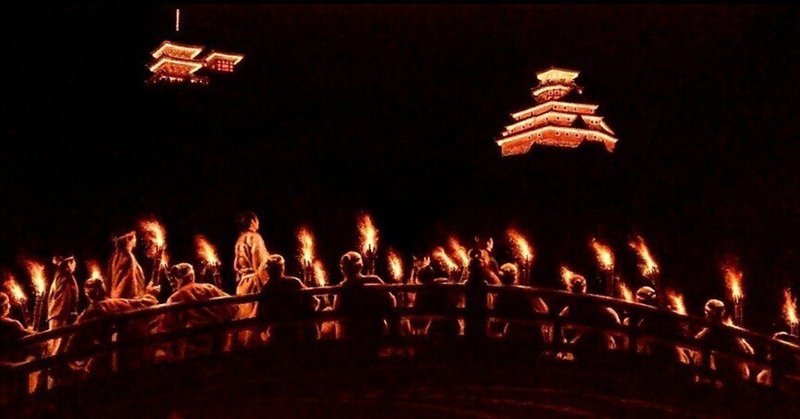記事一覧
The New Year Party — Gifu, 23 January 1574
Among dozens of enemy warlords Nobunaga faced in his lifetime, the three warlords who defied Nobuaga left the story to be told in which they exposed their humiliating defeat in an exceptionally impres
もっとみるRanjatai Cutting — Nara, 19 April 1574
Nara has a lot of treasures. Todaiji Temple houses more than 9,000 treasures in the warehouse. Among the treasures is the famous incense wood called Ranjatai, which only supreme rulers in Japanese his
もっとみるThe Execution of an Immoral Soldier — Kyoto, April 1569
Nobunaga, as a new ruler in Kyoto, kept his troops in order; the occupation force shall not offend any citizen. Not a petty misdemeanor shall be overlooked. The punishment he gave to an immoral soldie
もっとみるThe Beheading of Sugitani Zenjubo —Gifu, 5 October 1573
Sugitani Zenjubo was one of the most dangerous snipers who shot Nobunaga. Three years after his attempted murder of Nobunaga, he was caught and executed in a most ferocious manner.
Background
In 157
Nobunaga's troops march at the foot of Mount Fuji — Fujinomiya, 4 May 1582
Nobunaga's territory expanded eastward. In 1582, defeating the powerful warlord, Takeda clan, Nobunaga took Kai, Shinano and Suruga Provinces, overlooked by Mount Fuji. It was the moment of his culmin
もっとみるHigisho — Kiyosu, January 1557
Trial by ordeal was a medieval judicial practice by which the guilt or innocence of the accused was determined by subjecting them to a painful, dangerous experience. The judgement was held by Nobunaga
もっとみるThe Burning of Honganji Temple —Osaka, 11 September 1580
Buddhist powers were Nobunaga's greatest enemies. One of them, the strongest, was Honganji Temple with that Nobunaga made war for ten years. After four years of siege of Osaka, the Honganji sanctuary,
もっとみるThe Prize to Kanematsu Masayoshi — Tonezaka, 10 September 1573
Nobunaga, served by innumerable people, must have conducted a reward management to gain and keep the loyalty of his men. He motivated his retainers by giving them lands, money and treasures as rewards
もっとみるThe Crossroads — Yogo, 9 September 1573
Thee battle of Tonezaka in 1573 was one of the iconic moments when Nobunaga showed his military acumen. He made sensible decisions one after another so quickly that not only his enemies were completel
もっとみるThe Arrival of Kuki's Fleet at Sakai —Sakai, 20 August 1578
Seapower was what samurai warlords coveted. Ruling Japanese archipelago required having a strong navy, especially in the Seto Inland Sea, where the tension was intensified between powerful warlords an
もっとみるThe Prize to Doke Brothers — Mizunami, September 1565
Background
In 1564 Nobunaga established his rule of Owari Province by expelling his hostile relatives and taking Inuyama Castle. The Inuyama castle was located at the northern end of the Owari Provin
The Last Urabon Festival - Azuchi, 14 August 1581
The last Urabon Festival is one of the most iconic moments in Nobunaga's final years. It was held on 14 August 1581 at Azuchi, and was to be the last Urabon Festival for both Nobunaga and the Azuchi C
もっとみる